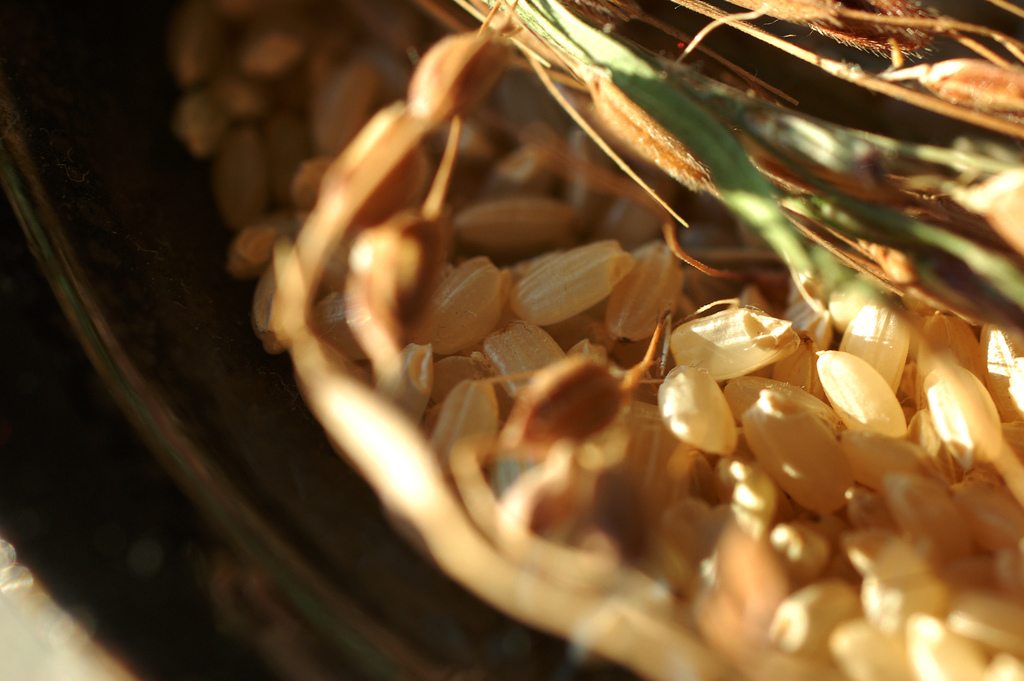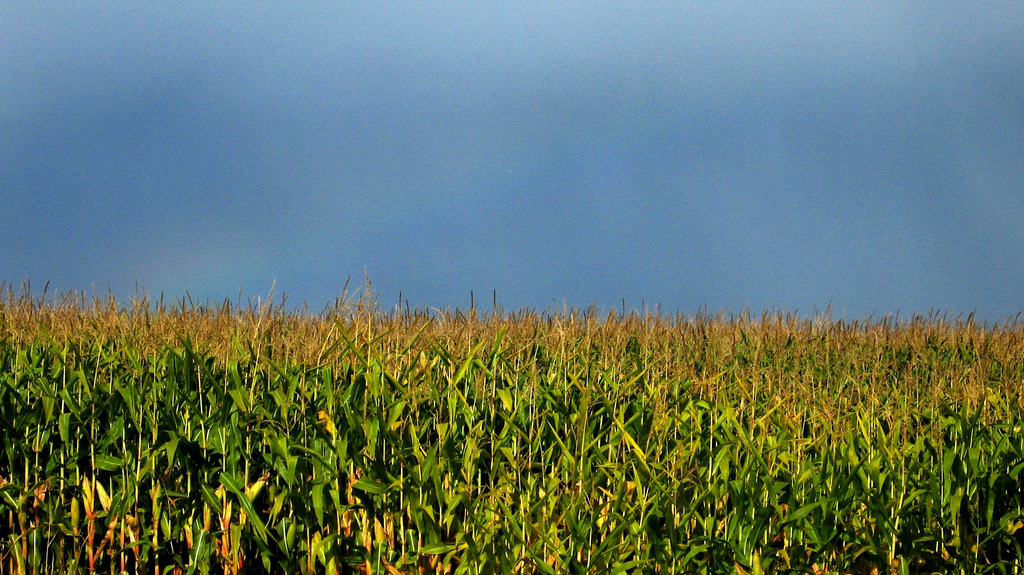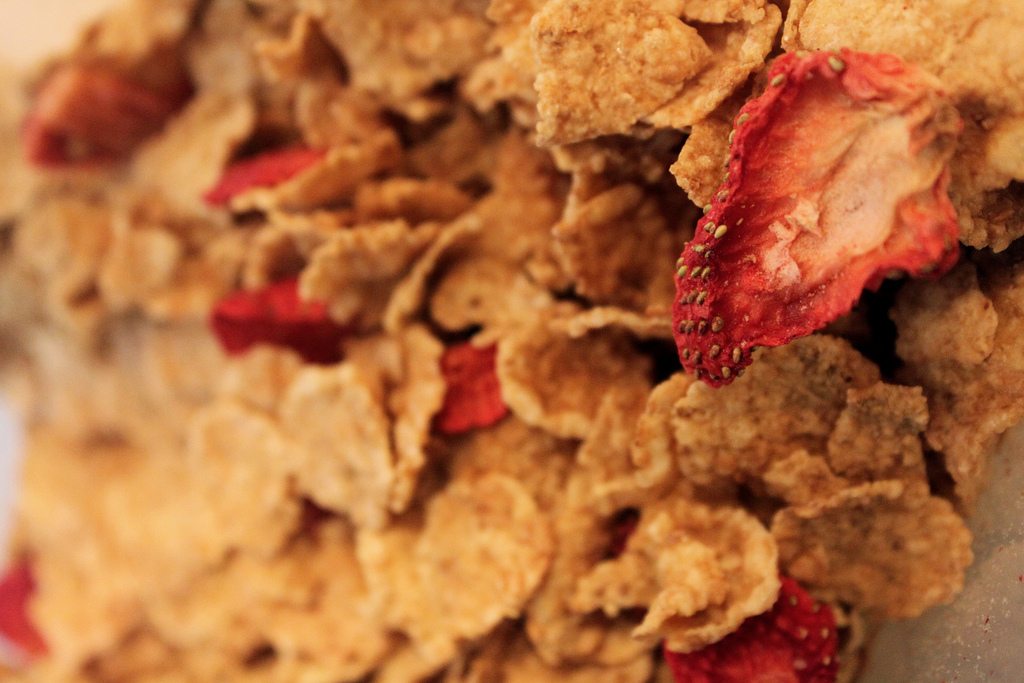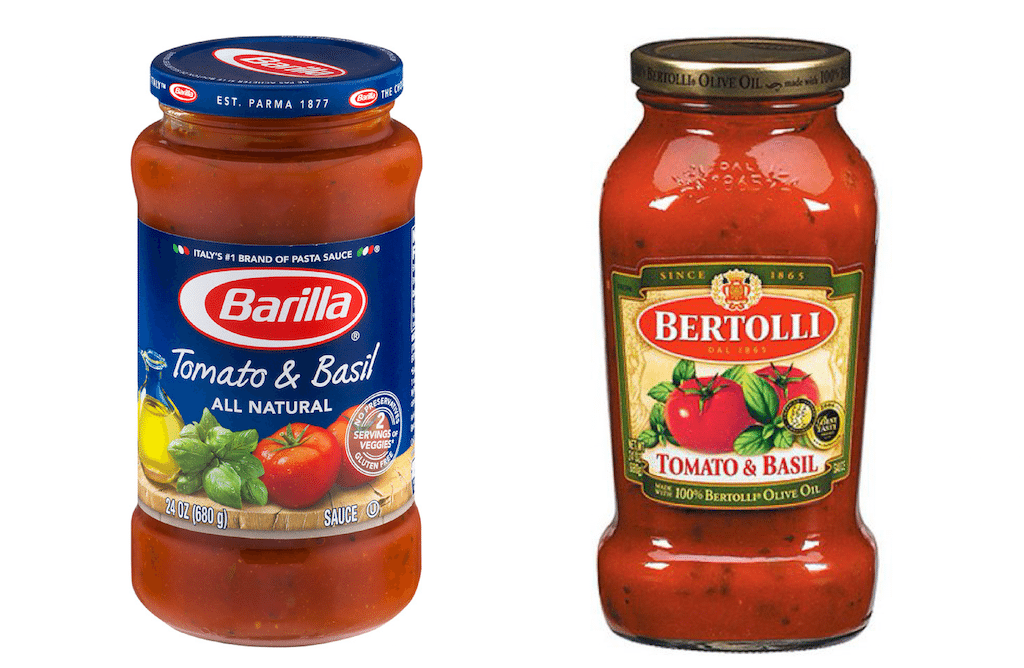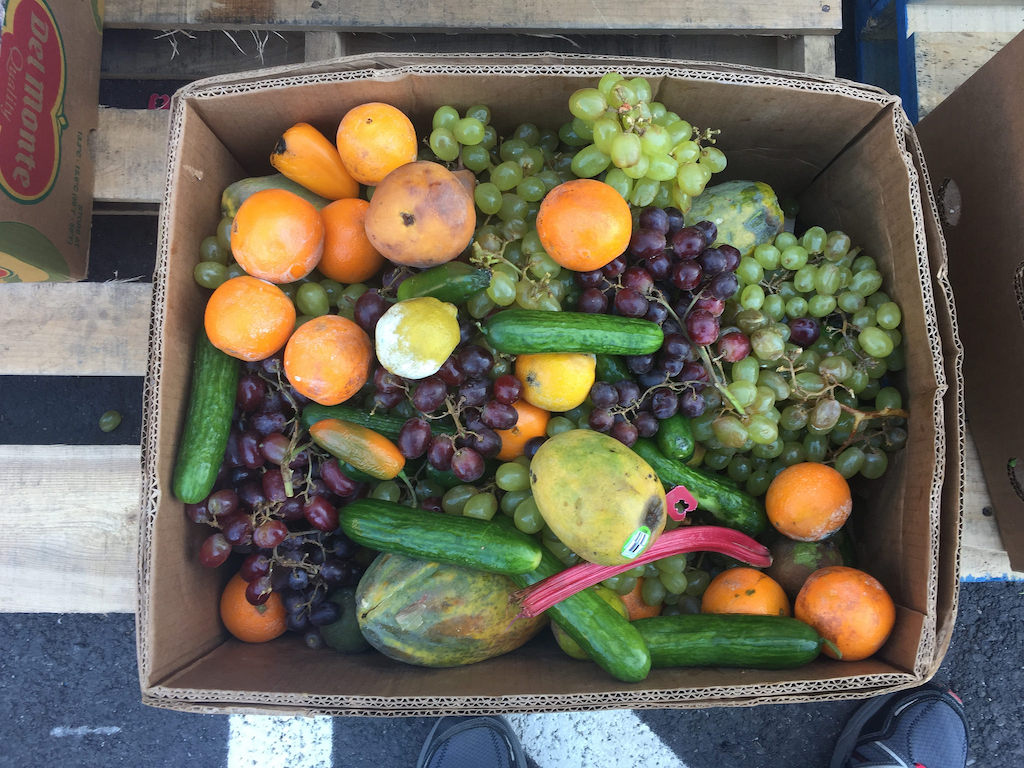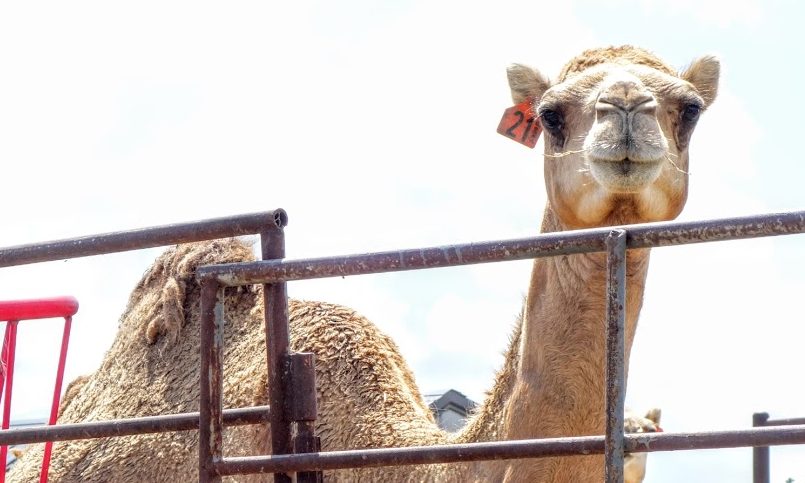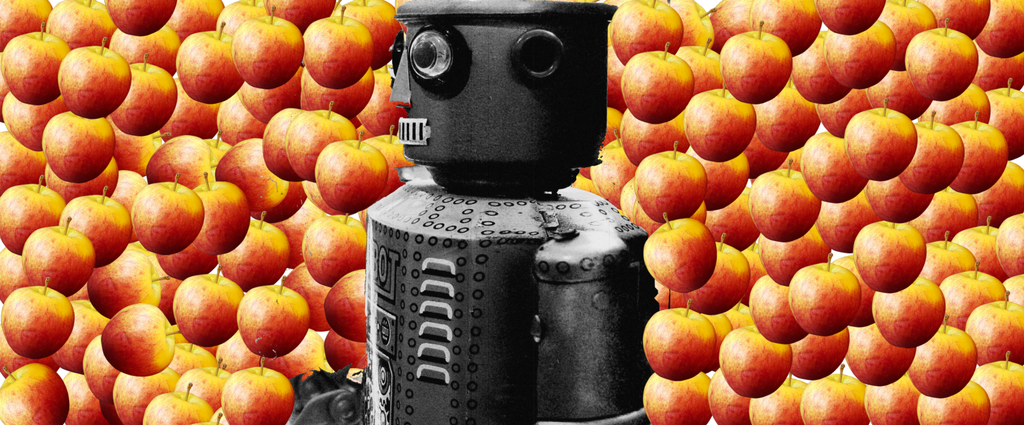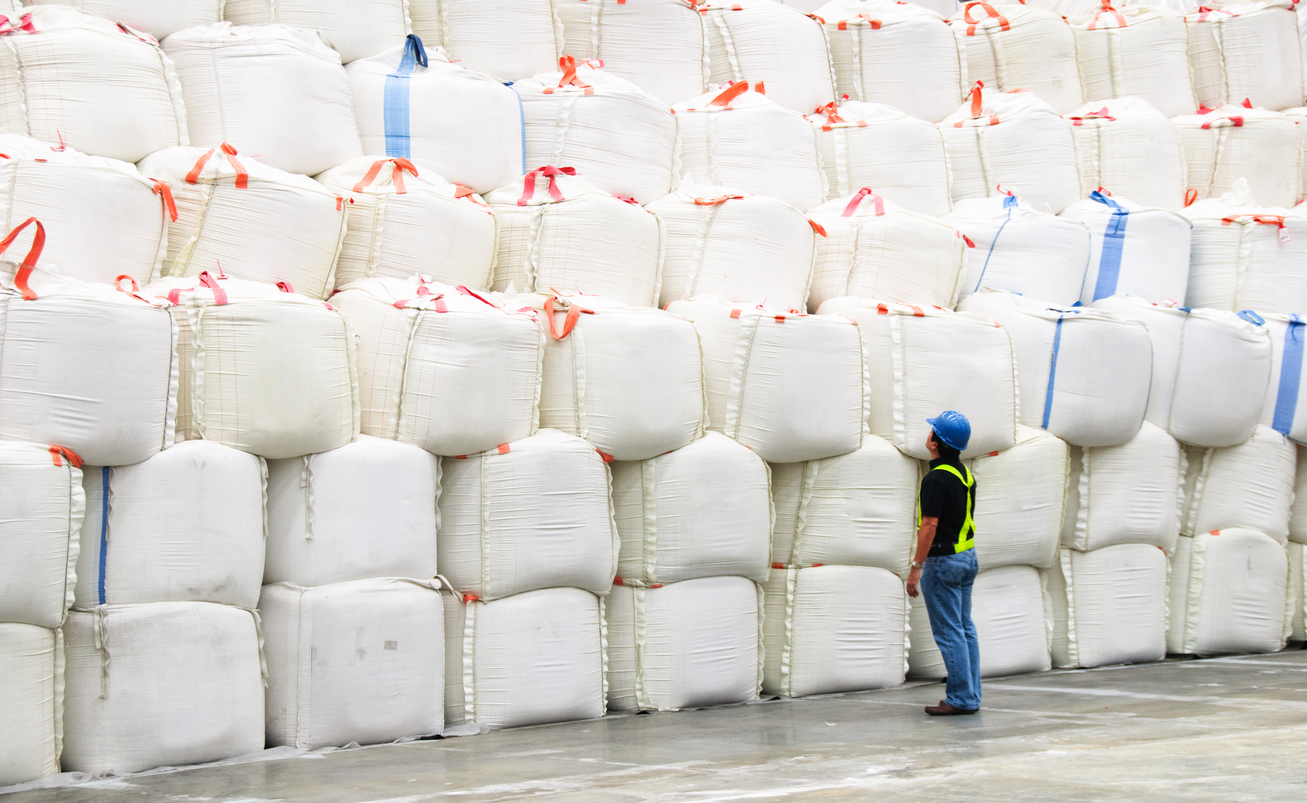When we talk about “feeding the 9 billion,” (which has almost become shorthand for other, more troubling headlines like “global food shortage!”), we often talk about producing more: more food, more crops. But more production doesn’t address the scourge of malnutrition—that is, that the food we produce, no matter how much, won’t be nutritionally sound enough to actually fortify the 9 billion.
According to the World Health Organization (WHO), vitamin A deficiency is a public health problem in “more than half of all countries.” And here’s a sobering stat from WHO to back that up: “An estimated 250 million preschool children are vitamin A deficient and it is likely that in vitamin A deficient areas a substantial proportion of pregnant women is vitamin A deficient.”
Vitamin A is crucial in early childhood development. It can help prevent blindness, severe illness, and even death from common childhood afflictions like diarrhea and measles. In the developed world, we address dietary deficiencies by—among other things—fortifying common foods during processing. Think vitamin-D fortified milk and orange juice.
In the developing world, the typical (and low-cost and easy) public health solution to mass deficiency is often high-dose, synthetic supplementation, which is administered to children in low– and middle-income countries. But hold on: when doses exceed the recommended dietary allowance, some research has shown that toxicity is a real concern. That’s especially troubling for pregnant women.
Furthermore, when intervention-by-supplementation and fortified food can’t deliver because they’re prohibitively expensive or inaccessible, what comes next? “Bio-fortication” of crops. Food Manufacture UK reported earlier this month on a speech given to the British Nutrition Foundation by Judith Bachelar, director of Sainsbury’s, a UK-based grocery chain, during which she spoke to this issue: “At some point, the road to reformulation will run out and then we will look to the nutrient quality of the crops that we are growing.”
What does “bio-fortification” look like on the ground? Well, in the ground is more accurate.
It means improving the nutritional value of crops during plant growth (which can be done, according to WHO, “through agronomic practices, conventional plant breeding, or modern biotechnology”) rather than during processing. And yes, it does mean that “bio-fortification” includes what’s perhaps more familiar to our developed-world ears: “genetic engineering.”
While genetic engineering (GE) remains a highly contentious issue in the world of overnutrition (where it’s also a luxury to debate such issues), in the developing world, bio-fortification—which extends beyond the scope of just GE—fills in big nutritional gaps in the food supply. Does that mean it’s easy? Well, in practice, perhaps. In theory, less so. Turns out there are just as many arguments against bio-fortifcation in the developing world. But that has less to do with GE-related “frankenfood” fear and more to do with cultural acceptance of certain foods (meaning, are the bio-fortified seeds familiar to farmers, and is the food they produce something the culture is already eating?).
So food aid organizations like Washington, D.C.-based HarvestPlus have focused on bio-fortification of staple crops like beans, millet, and cassava as a means to improve nutrition outcomes. Boosting the zinc, iron, and vitamin A in staple crops addresses hunger in a different way than just providing people with more calories—it assures the calories they’re getting are better because the plants are doing more.
Journalist XiaoZhi Lim wrote a terrifically lay-friendly explainer on the finer points of bio-fortification for the Genetic Literacy Project. If that sentence gave you TL;DR anxiety, here’s what’s important: Bio-fortification can be done through conventional plant breeding (takes a long time, sometimes robs plants of nutrition or flavor, is expensive but less controversial) or genetic engineering (more precise, can be better for flavor, and bulk up nutrition profiles, but freaks people out).
But wherever you stand on how bio-fortification gets done, the key takeaway is this: including the term as part of the “9 billion” dialogue fortifies that conversation.
